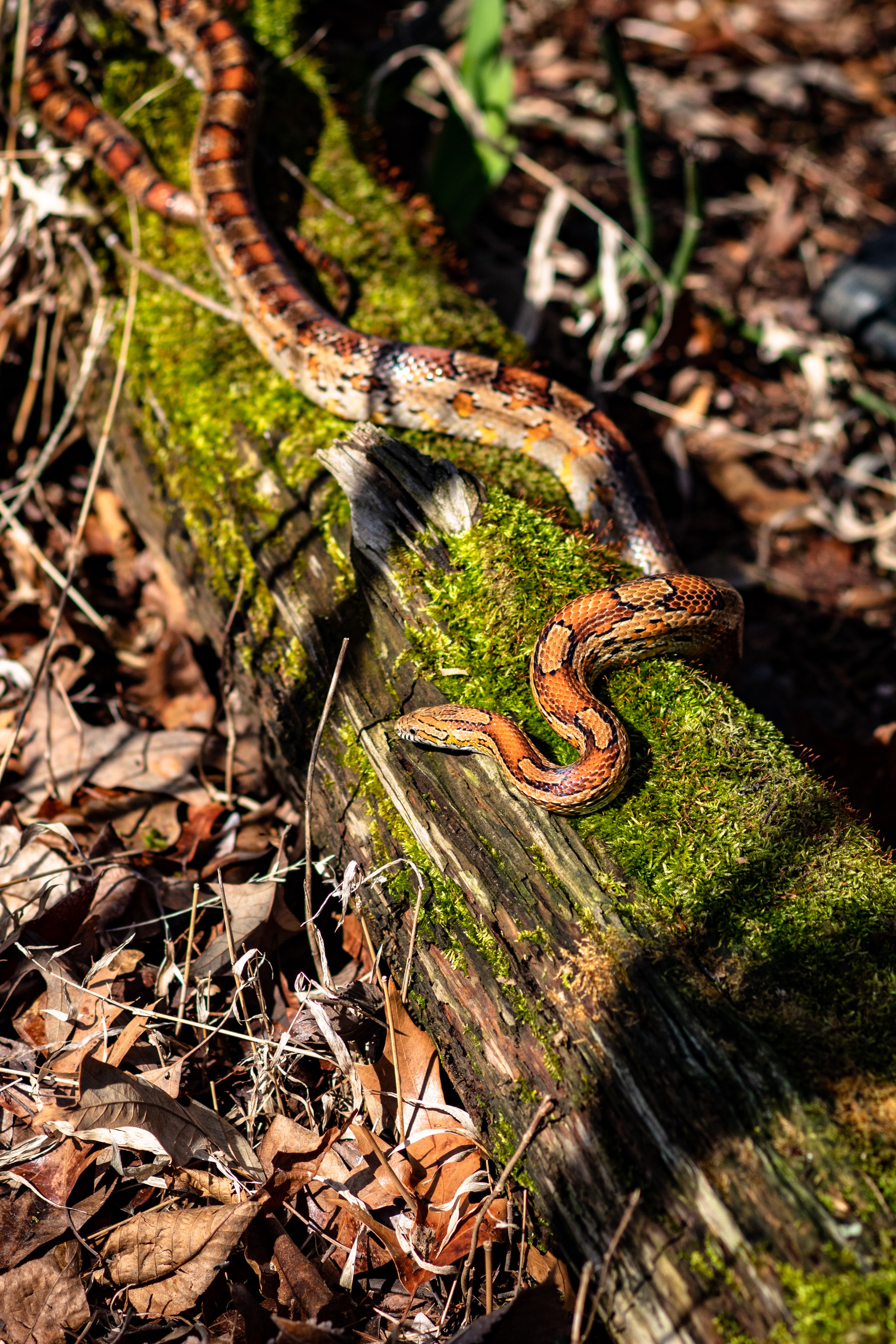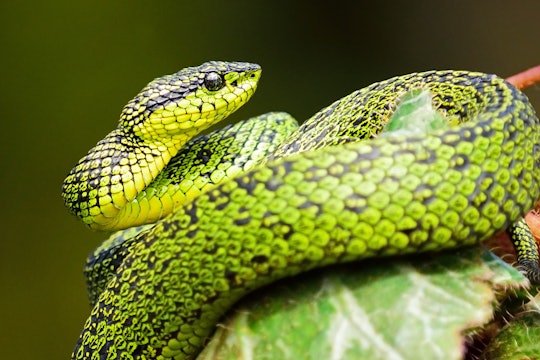David Hu sells quirky research with an apartment full of snakes
"How To Walk On Water And Climb Up Walls" welcomes readers to the strange world of biolocomotion
"How To Walk On Water And Climb Up Walls" may sound like a guide to becoming a superhero, but David Hu’s book is actually firmly grounded in reality. Hu describes the strange and wonderful world of biolocomotion—the study of how animals move—and the scientists who spend their lives using these insights reverse-engineer technology.
To survive, animals have evolved many ways to get from point A to point B: walking, running, flying, gliding, swimming, crawling, burrowing. The efficiency and sophistication of all this animal movement becomes painfully obvious when you watch a robot. It's one thing to design a robot for a factory floor, with smooth floors and clear paths, and another entirely to handle the many obstacles of the wild. Even the built environment presents challenges—just ask my Roomba, who gets stuck under my kitchen chairs every week.
While many books on this topic sort animals by their environment or gait, Hu takes a different approach, addressing creatures by their physical principles. This allows allows Hu to highlight the physics animals employ. In one chapter, he discusses fine surface textures that affect air or water flow, like dimpled shark skin or eyelashes. In another, he considers animal urination. (Fun fact: all animals empty their bladders in roughly the same amount of time, 21 seconds.) Hu weaves examples into a story seamlessly and intelligibly—and fluid mechanics is pretty far outside my wheelhouse as a chemist. In the context of flying snakes, for example, Hu explains how specially shaped body parts can influence the flow of fluids, a concept known as fluid-structure interaction.
What I liked best, however, is Hu’s attention to detail describing the experiments he's performed. He recounts hours spent in his tiny New York apartment full of snakes, tracking how easily they move over carpet and how they flail on smooth floors. (Pity the neighbors.) Hu even went so far as to build a ramp out of a bulletin board and fabric and slid snakes down it to study their coefficient of friction. He found that to slide, the snakes had to be asleep—when conscious, snakes can open or close their scales, preventing themselves from slipping on angles up to almost 45 degrees.

Would you share an apartment with this?
Hu also details other notable experiments, like those of Kelly Dorgan, a marine biologist at the University of Maine, who collected soft red polychelate worms in coastal mudflats. Dorgan was one of the first biologists to study how worms move; before her dissertation, biologists just assumed that worms ate their way through the soil. Dorgan, however, collected worms from the beach and brought them back to her lab, where she watched them burrow through transparent, light-sensitive synthetic mud she'd created using food-grade gels. In hard mud, worms propelled themselves by crack propagation—meaning they found a small crack, and then wiggled into it, pushing forward into the open space. But in soft mud, cracks don't stay open, so worms have to employ a different tack: They have to make the space themselves. To do so, they actually inflate their bodies, opening a small space, then turn their throats inside out to thrust themselves forward. (Yikes.)

12 Gs!
Some of Hu's examples are even more harrowing. For example, he mentions Jake Socha, who studied flying snakes in Singapore by dropping snakes from a 30-foot scaffold. (Don’t worry, no snakes were harmed in this study, thanks to designated snake-catchers on the ground.) Using three cameras to track the snake as it glided, Socha found these snakes can flattened their entire body, transforming into a wing. But not all of Hu's examples are so nightmare-inducing. In a more light-hearted experiment, Hu measured a wet dog shaking. Turns out that dogs pull 12 Gs—that's 12 times the acceleration of gravity for all you non-rollercoaster junkies—when they shake, removing 70 percent of the water in their fur.
While many of his examples are inherently charming, Hu also describes specific applications that may stem from the quirky research, like new biofouling resistant materials made by emulating the patterns on shark skin, new designs for quadcopter drones based on the indestructible cockroach, and new approaches for prosthetics based on mammal urination. Compiling these lists, Hu makes a strong case for supporting fundamental research.
And it seems like he needs to. Hu notes that researchers studying animal locomotion often face criticism from the public, asking “What’s the point?” Hu himself was featured on a Wheel of Waste on Fox and Friends in 2016, which cited three of his experiments as part of the 20 most wasteful studies of the year.
Hu compares the idea of wasteful science to a “limited gas tank and a single known destination. People expect scientists to save gas as they go from A to B. But the real power of science is to take us to destinations that we have never been to.” For Hu, the point is that basic research may be useful in any number of ways, many yet unknown. He points to his research on animal urine, describing several studies in which his 21-second "Law of Urination" directly impacted the design of treatments, protheses, and artificial organs.
Studying the living creatures around us isn't a trivial pursuit, and understanding them better doesn't make them any less beautiful. This book is a lesson in keeping an open mind to how strange the world is—and gosh, is it weird

